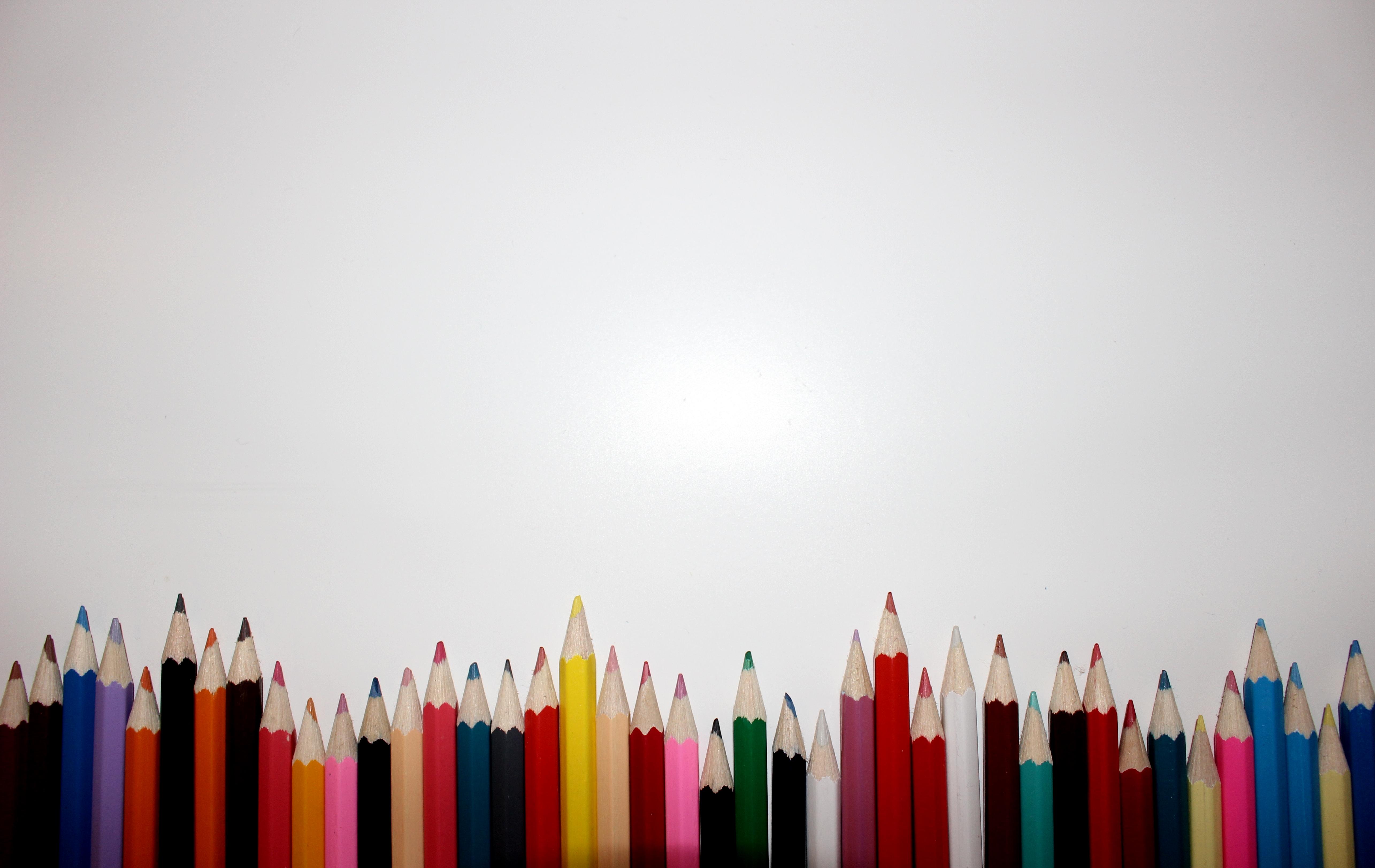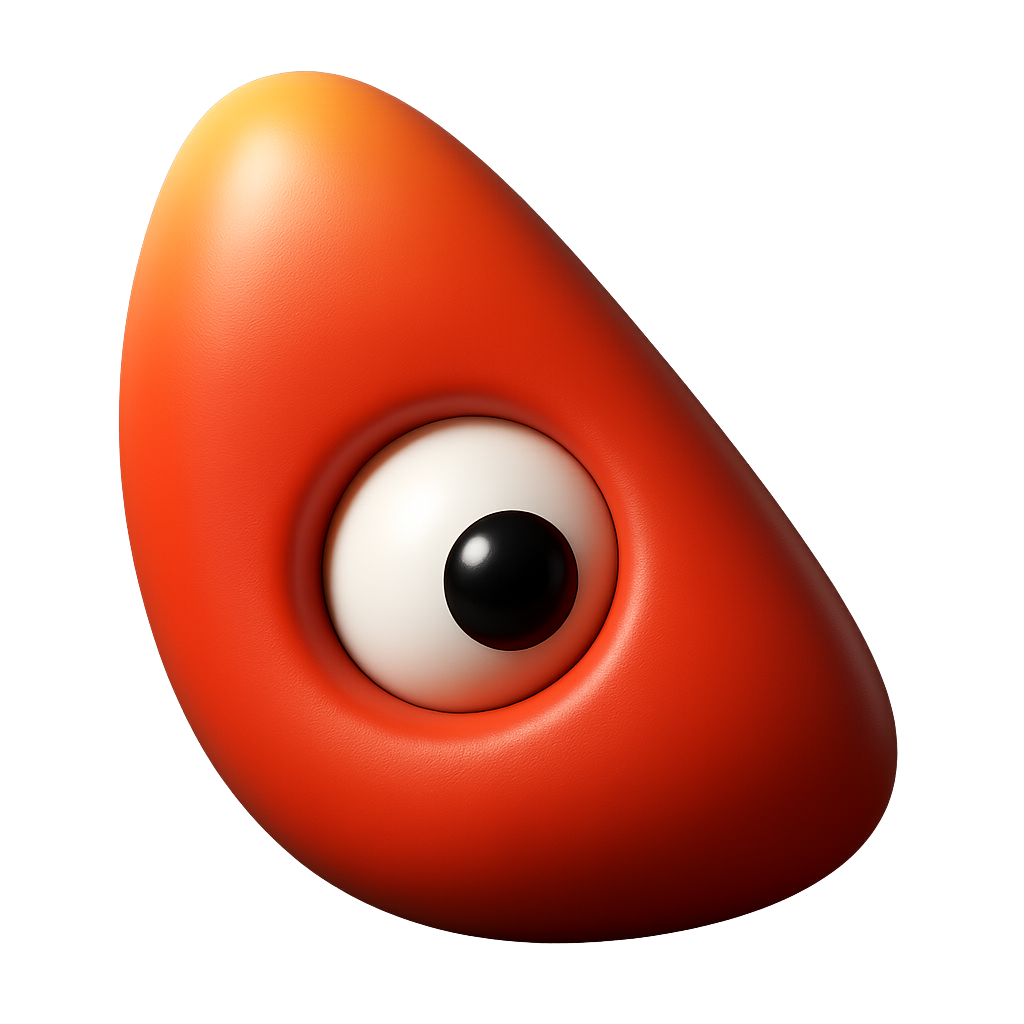Colour Theory for Creatives
Part 5: Building Colour Palettes That Work

Now that you’ve explored how colours behave and what they mean, let’s get practical. How do you actually choose colours for your own work?
In this post, we’ll walk through how to build colour palettes that support your vision, whether you’re illustrating a children’s book or designing a sleek landing page.
Step 1: Start With the Mood
Every design or illustration has a feeling behind it. Ask yourself:
- Is this playful or serious?
- Modern or nostalgic?
- Light or intense?
Write down 3–5 adjectives. These become your creative compass for choosing colours.
Step 2: Choose a Colour Harmony
Remember those harmonies we talked about in Post 3? Here’s a quick reminder:
- Monochromatic: Easy to control, great for minimal design
- Analogous: Gentle and cohesive
- Complementary: High contrast, lots of drama
- Split-complementary: A balanced contrast
- Triadic: Bold and lively
- Tetradic: Rich but complex — handle with care
Pick one that matches the mood and complexity of your project.
Step 3: Pick a Dominant Colour
This is the “anchor” of your palette. Everything else will relate to or support this choice.
Use your dominant colour for big elements: backgrounds, main characters, or brand identity features.
Step 4: Add Support and Accent Colours
Choose 2–4 supporting colours based on your harmony:
- Use neutral colours (like grey, beige, or off-white) to give your palette room to breathe.
- Choose accent colours for highlights, buttons, or emotional pops.
- Make sure all colours look good at different values (light to dark) and saturations.
Step 5: Test It In Context
Theoretical palettes are great — but always test:
- Does the colour contrast work for text and UI?
- Do illustrations feel balanced?
- Does your palette still look good in black and white (for accessibility)?
Use tools like Adobe Color, Coolors, or even just screenshots to evaluate how the palette works in real use.
Bonus Tip: Steal Like an Artist
Some of the best palettes already exist. Try building a palette from:
- A film scene
- A favourite painting
- A fashion photo
- A natural landscape
Pull colours using a digital eyedropper and build your palette from real-world inspiration.
Your Colour Toolkit
Here are some tools to explore:
- Adobe Color: https://color.adobe.com/
- Coolors: https://coolors.co/
- Canva’s Palette Generator: https://www.canva.com/colors/color-palette-generator/
- Colormind: http://colormind.io/
Wrapping Up the Series
By now, you’ve explored how colour works, feels, and functions. You’ve learned to mix, match, and mean something with every hue.
As a thank you for following this Colour Theory for Creatives series, here is a free download of each post, in PDF format:
Whether you’re designing brands or building fantasy worlds, colour is your secret language.

Leave a Comment
I hope you enjoyed this post. If you would like to, please leave a comment below.